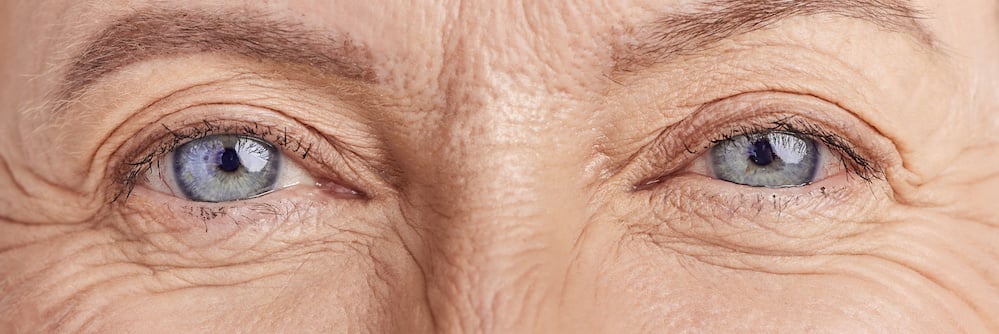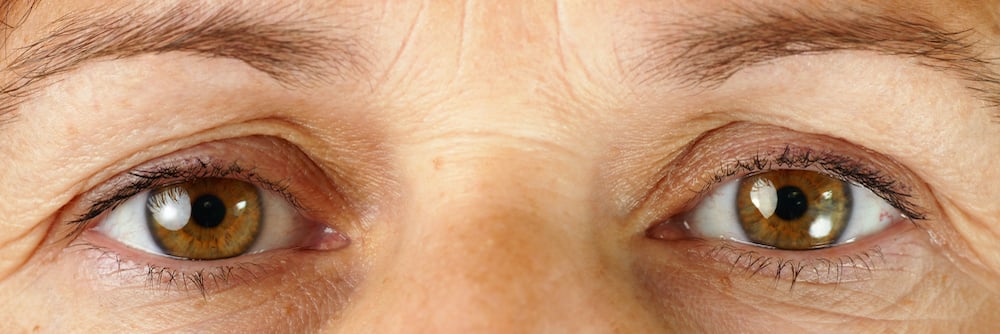Oclomotor and Vestibular Findings in Gaucher Disease Type 3 and Their Correlation with Neurological Findings
Objectives: To evaluate the function of the oculomotor and vestibular systems and to correlate these findings with the clinical status of patients with Gaucher disease type 3 (GD3). The goal of this cross-sectional and longitudinal study was to find oculomotor biomarkers for future clinical trials.




